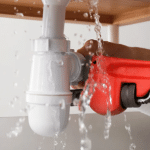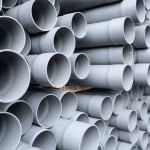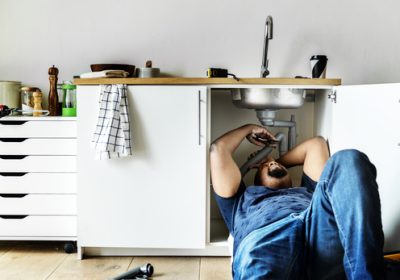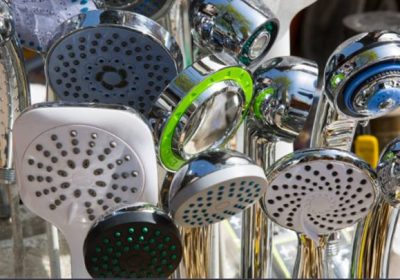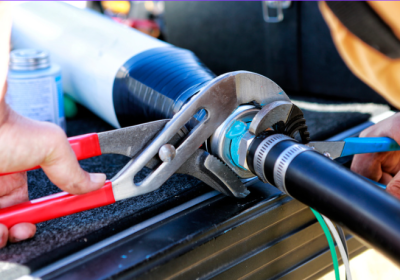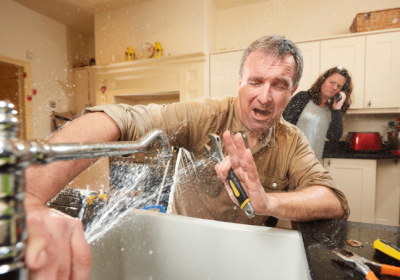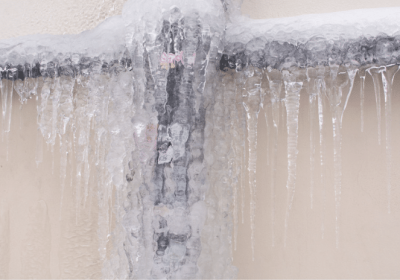Eco-Friendly Plumbing Solutions: Saving Water and Money
Have you ever considered how much water you use every day? From showers to washing dishes, water is a fundamental part of our daily lives. But with rising costs and environmental concerns, it’s crucial to think about sustainable plumbing solutions. Eco-friendly plumbing not only helps save our planet but also reduces your household bills. Let’s explore how integrating green plumbing practices into your home can be a game-changer for both your wallet and the environment.
1. Water-Saving Fixtures
Low-Flow Taps and Showerheads
Low-flow taps and showerheads are designed to use less water than traditional fixtures without sacrificing performance. By limiting the flow rate to less than 2.5 gallons per minute (compared to the standard 5 gallons), these fixtures can cut your water usage significantly. Imagine saving up to 700 gallons of water per year just by switching to a low-flow showerhead—how’s that for efficient?
High-Efficiency Toilets
Traditional toilets are notorious for their high water use, but high-efficiency toilets (HETs), including dual-flush and low-flow models, use nearly 20% less water per flush. Dual-flush toilets offer two flush options: one for liquid waste and another for solid waste, providing flexibility and further water savings. The Environmental Protection Agency (EPA) estimates that replacing old, inefficient toilets with WaterSense labeled models can save up to 13,000 gallons of water per household per year.
2. Eco-Friendly Appliances To Save Water
Energy Star Rated Dishwashers and Washing Machines
Appliances account for a significant portion of your water and energy consumption. Opting for Energy Star certified dishwashers and washing machines can lead to substantial savings. These appliances use advanced technology to minimize water and energy use without compromising on cleaning power. For instance, an Energy Star dishwasher uses 3.5 gallons or less per cycle, compared to older models that may use up to 10 gallons.
Hot Water Recirculation Systems
Ever waited for the shower to warm up? A hot water recirculation system solves this by keeping hot water flowing through your pipes, ready at all taps. This system not only saves water but also reduces the energy spent on reheating. Installing such a system can save thousands of gallons of water each year, reducing typical household water usage by as much as 10-15%.
3. Smart Water Management
Smart Home Water Monitors
Smart home water monitors are revolutionary devices that attach to your water main and provide real-time monitoring of water usage and leak detection. By understanding your water consumption patterns, you can make informed decisions to reduce usage—potentially saving up to 10% on water bills.
Drip Irrigation Systems
Drip irrigation is a highly efficient method of watering your garden, delivering water directly to the roots of plants. This system reduces evaporation and runoff, using up to 50% less water than conventional sprinklers. It’s a perfect example of how a small change can lead to big savings.
4. Rainwater Harvesting Systems To Save Water
Components and Setup
Rainwater harvesting systems collect and store rainwater from your roof that can be used for irrigation, flushing toilets, and other non-potable uses. The setup typically includes gutters, a filtration system, and storage tanks. Utilizing rainwater can significantly reduce your dependence on municipal water systems.
Legal and Health Considerations
Before setting up a system, it’s important to check local regulations regarding rainwater harvesting. Additionally, proper treatment and regular maintenance of the system ensure the safety and quality of the stored water.
5. Greywater Recycling to Save Water
Understanding Greywater
Greywater is wastewater from non-toilet plumbing systems such as showers, sinks, and washing machines. It can be reused onsite for purposes like landscape irrigation and constructed wetlands.
Applications and Benefits
Implementing a greywater system can reduce the need for fresh water, saving on utility bills and lessening the load on sewage systems. Simple systems may involve rerouting sink drainpipes to your garden, while more complex systems may include treatment and purification for various uses.
Adopting eco-friendly plumbing solutions is not just about saving money—it’s about taking actionable steps towards a sustainable future. By making small changes, like installing water-saving fixtures or harvesting rainwater, you contribute to significant environmental and economic benefits.
Plumbing Tips: Water Efficiency Enhancements:
- Install Water-Efficient Fixtures: Use low-flow faucets, showerheads, and high-efficiency toilets to significantly reduce water usage.
- Choose Energy Star Appliances: Select dishwashers and washing machines that are Energy Star rated for lower water and energy consumption.
- Set Up a Rainwater Harvesting System: Collect and use rainwater for gardening and other non-potable uses, reducing reliance on municipal water.
Smart Water Management Techniques:
- Implement Smart Water Monitors: Install devices that track water usage and detect leaks, helping to prevent waste and lower bills.
- Adopt Greywater Recycling: Reuse water from sinks, showers, and washing machines for irrigation and reducing freshwater demand.
- Use Drip Irrigation: Install a drip irrigation system for your garden to maximize water efficiency and minimize evaporation.
FAQ Section
Q: How much can I save by switching to eco-friendly plumbing? A: Savings can vary based on the solutions implemented, but on average, households can reduce water bills by 20-40%.
Q: Are eco-friendly plumbing solutions expensive to install? A: Initial costs can be higher, but long-term savings and environmental benefits offset these expenses. Plus, many local governments offer rebates for certain eco-friendly installations.
Q: Can eco-friendly plumbing really make a difference environmentally? A: Absolutely! Reducing water usage decreases the energy needed for water heating, treatment, and distribution, significantly lowering your carbon footprint.
Sources:
Refined Plumbing Sunshine Coast
More Plumbing Reading:
- Understanding Your Home’s Plumbing System: An Essential Guide for Homeowners
- Top 10 Common Plumbing Problems in Homes and How to Fix Them
- Eco-Friendly Plumbing Solutions: Saving Water and Money
- The Pros and Cons of Different Types of Pipe Materials In Your Home Plumbing
- How to Prevent and Deal with Frozen Pipes During Winter
- DIY Plumbing: What You Can Fix and When You Need a Professional
- Modern Innovations in Plumbing Technology for Homes


